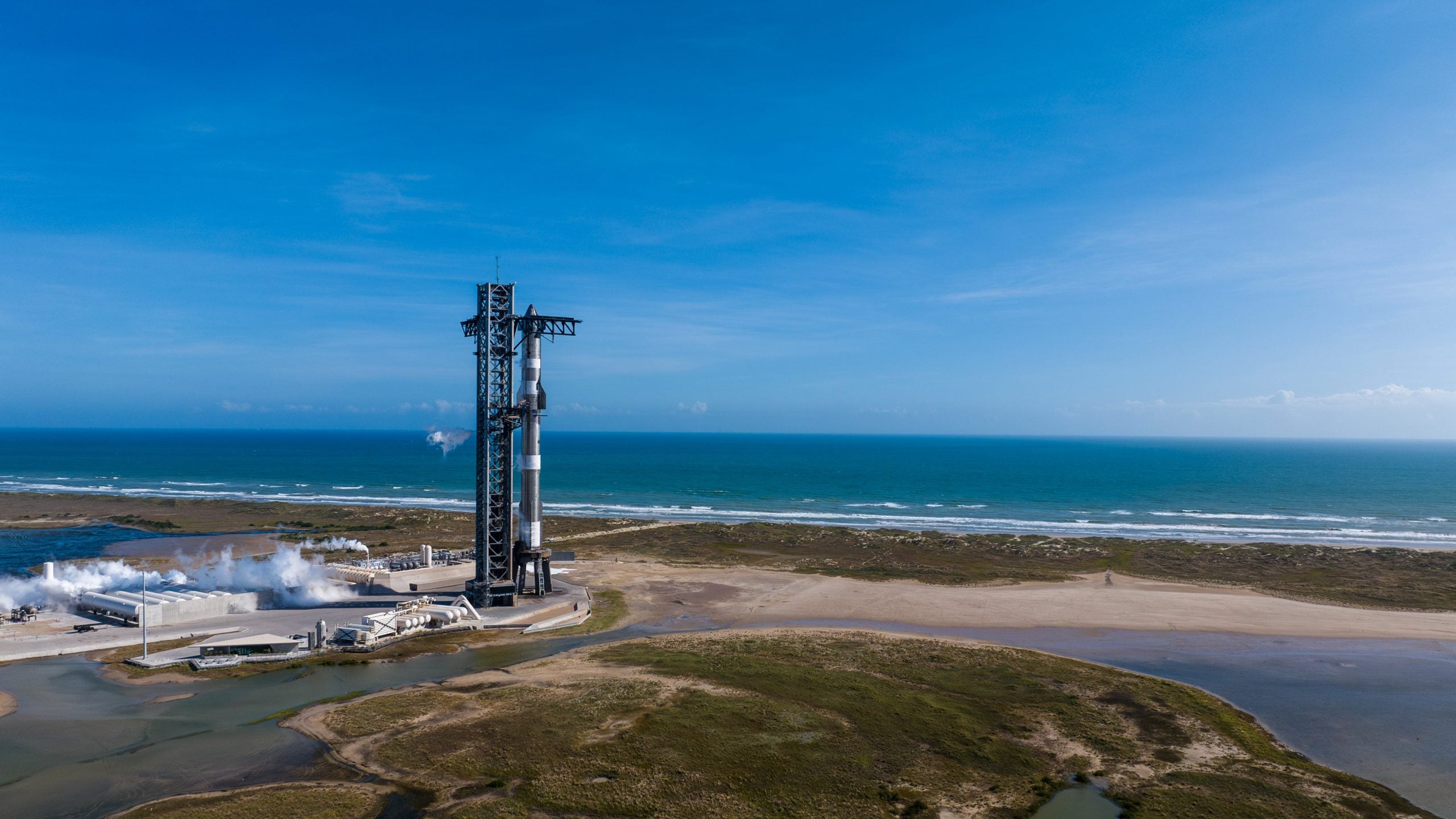The first space satellite made mostly of wood arrived at the International Space Station on Tuesday along with other research and supplies.An international project led by Japan’s Kyoto University researchers achieved its goal of sending the first-ever wooden satellite to space after more than four years of research and testing.A SpaceX Falcon 9 launched from NASA’s Kennedy Space Center launchpad 39A at 9:29 p.m. ET on Monday, sending a Cargo Dragon filled with science, supplies and groceries for the astronauts to the International Space Station. The Dragon arrived at the ISS on Tuesday morning, marking SpaceX’s 31st cargo resupply run to the ISS for NASA and its international partners. VOYAGER 1 REESTABLISHES COMMUNICATION WITH EARTH USING BACKUP TRANSMITTER LAST USED IN 1981Among the payloads on Dragon was LignoSat2, a tiny spacecraft mostly made of magnolia wood, designed and created by Kyoto University and Sumitomo Forestry as part of the LignoStella Space Wood Project. After wood specimens were tested on the ISS for 10 months in 2022, researchers selected magnolia – or Hoonoki in Japanese – as the best candidate for a spacecraft because of its “high workability, stability and overall strength,” according to a January 2024 Kyoto University news release. Hoonoki is also traditionally used in Japan to create sword sheaths.The satellite was made from magnolia trees harvested from Sumitomo Forestry’s Monbetsu forest and assembled without any screws or glue using a traditional Japanese technique similar to dovetail joints in furniture.LignoSat will be deployed from the Japanese experiment module “Kibo” on the ISS and spend about six months in orbit. SPACEX CREW-8 ASTRONAUTS SPLASHDOWN OFF FLORIDA’S COAST AFTER WEEKS OF WAITING ON GOOD WEATHERThe growing number of satellites in low-Earth orbit is creating a space debris problem with few options to deorbit defunct spacecraft. Kyoto University researchers said one benefit of using wood is that it will burn up in Earth’s atmosphere when the satellite de-orbits, preventing any metals from reaching Earth. The use of future wood satellites could prevent more particles from entering Earth’s atmosphere.
/
November 5, 2024
SpaceX launches world’s first wooden satellite to International Space Station







